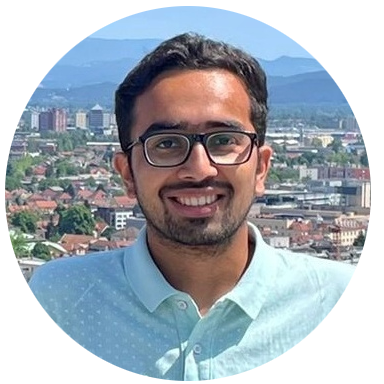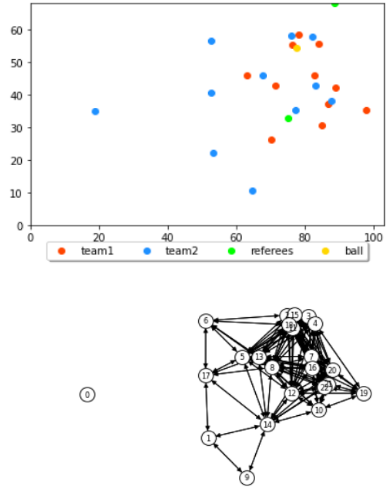|
Hi, I'm a research scientist at Canva in Vienna, where I work on making it easier for people to create beautiful designs using the power of generative language and vision models Prior to this, I worked on large-scale processing of remote sensing and geospatial data. I've also worked in football analytics, focusing on applying graph neural networks to football tracking data, a project that later developed into my master's thesis. I completed my Master’s in Computer Vision at the Universitat Autònoma de Barcelona as part of a joint program with three other universities, and my Bachelor’s in Electrical and Electronics Engineering at BITS Pilani, India. |

|
|
Currently, my research is focused around LLMs, image generation models, and their applications in Design AI space. Some of the features I've worked on at Canva are Magic Design, Magic Studio, and Canva AI. |

|
Aditya Rana, Dr. Antonio Rubio Romano, Dr. Francesc Moreno-Noguer Master's Thesis, 2021 arxiv / The code was integrated into Kognia's platform Football tracking data can be difficult to model because of lack of clarity on how to order players in a sequence and how to handle missing objects of interest. We show how to model the ball-player tracking data as graphs, and how to process them using graph convolutional networks. We focus on the task of event detection and present the results for different types of graph convolutional layers and losses that can be used to model the temporal context present around actions like goals, free-kicks, fouls etc. |

|
Aditya Rana, Dr. Joan Serrat, Dr. Antonio Lopez Bachelor's Thesis, 2020 pdf / code / bibtex We show how to design lossy image compression models for optimizing data collection strategies from on road autonomous vehicles. The end goal is to gain advantage of the exposure of these vehicles to vast number of geographically diverse environments for training better detection and segmentation models. |
| Design courtesy of Jon Barron |